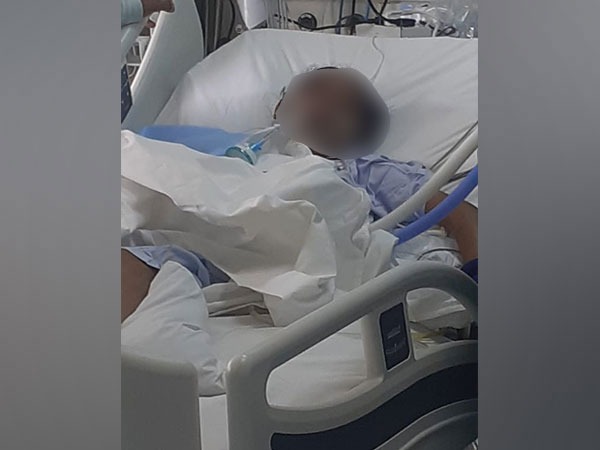A 13-year-old girl in Delhi, who had been in a coma, regained consciousness after undergoing a liver transplant at Sir Ganga Ram Hospital. The Pediatric Intensive Care Unit (PICU) team, under the guidance of senior consultants in pediatrics including Dr. Anil Sachdeva, Dr. Dhiren Gupta, Dr. Neeraj Gupta, and Dr. Nishant Wadwa, worked tirelessly to stabilize the young patient.
The twelve-hour-long procedure under Dr Ushast Dhir, Chairman of liver transplant and hepatobiliary Surgery, at Sir Ganga Ram Hospital involving the mother as a donor, showed the unshakable resolve of medical science and was a masterwork of accuracy and competence. Radha opened her eyes on the 2nd day after the liver transplant.
Against considerable odds, the transplant proved successful, granting Radha’s fragile body a new lease on life. She made a remarkable recovery and has since returned home to her siblings, preparing to resume her studies after the summer vacation.
Dr. Naresh Bansal, Senior Consultant at the Institute of Liver Gastroenterology and Pancreatic Biliary Sciences, explained that Radha had Wilson Disease, a genetic condition. Seven years ago, she presented with liver problems, abdominal and leg swelling, which upon investigation revealed copper accumulation in her body. Her condition worsened with viral hepatitis, progressing to complications typical of end-stage cirrhosis.
Despite exhaustive efforts to stabilize her, including controlling bleeding and administering antibiotics, Radha’s condition deteriorated to the point where a transplant was deemed necessary.
Dr. Ushast Dhir, Director of Liver Transplant and Hepatobiliary Surgery at Sir Ganga Ram Hospital, described Radha’s case as one of the most challenging yet successful liver transplants for a patient with Wilson Disease. He emphasized the difficulty in counseling the family about the critical need for a liver transplant, the only option to save Radha’s life.
Dr. Dhir highlighted, “The child was in critical condition, and a Living Donor Liver transplant had to be performed within a narrow window. This success was made possible by the exceptional hard work and seamless coordination among the hospital’s multidisciplinary teams.”










